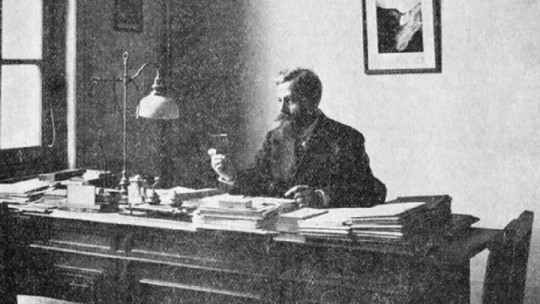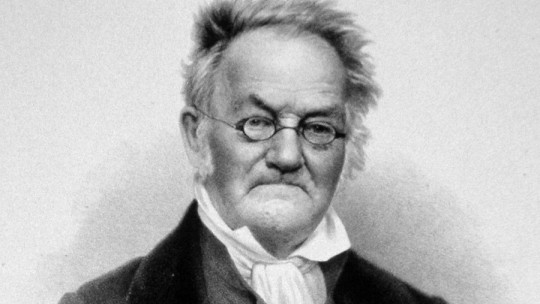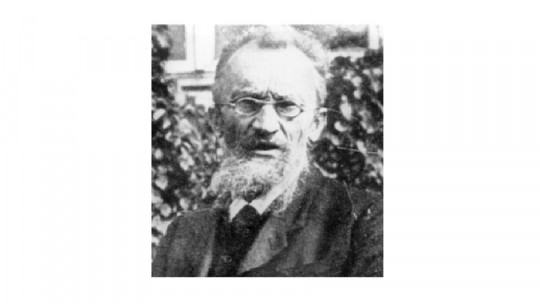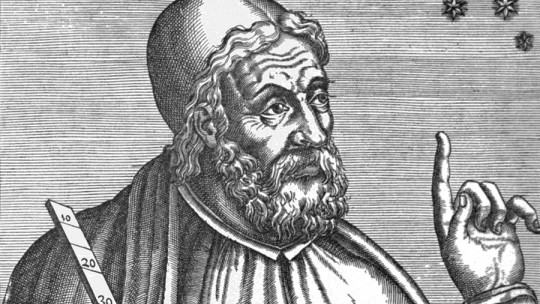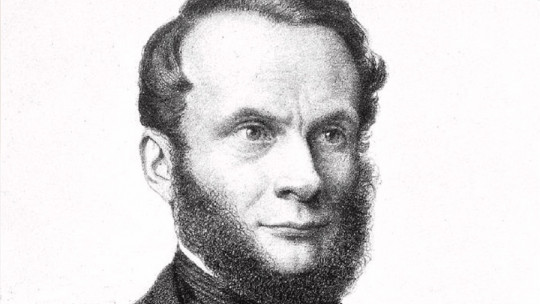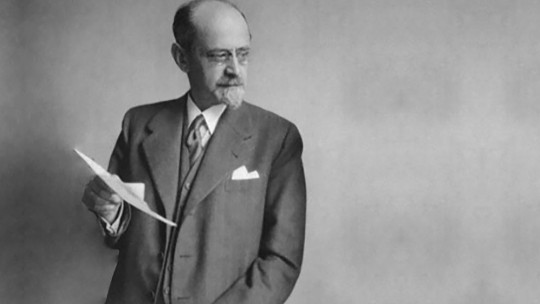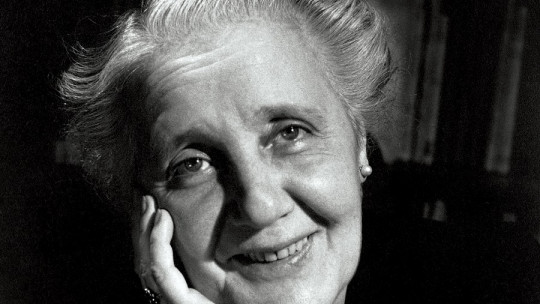Emmanuel de Martonne has been a very important illustrious figure in France during the 20th century thanks to his contributions to geography and, also, having helped draw the new European map after the First World War.
He was a disciple of one of the great geographers of the time, Paul Vidal de la Blache, and during his lifetime he met other great geographers of the time, all of them interested in different branches of this discipline.
Below we will see the life, contributions and works of this researcher through a biography of Emmanuel de Martonne in addition to seeing some very interesting episodes of French history in which he was involved.
Brief biography of Emmanuel de Martonne
Emmanuel de Martonne is one of the most important geographers of the 20th century, known not only in France but also in countries like Romania where he contributed to its border profile. In his native country he is considered one of the main founders of physical geography, knowing very well how to combine knowledge from different natural and social sciences and thus creating a multidisciplinary geography. He studied both regular geography, that is, the shapes of regions, and their ethnic composition.
Early years
Emmanuel de Martonne was born on April 1, 1873 in Indre, France , and was the son of the archivist A. Martonne. In his youth he studied at the Lycée de Laval, in Mayenne, being a classmate of the politician Carle Bahon and the writer and journalist Francis Delaisi. He had the opportunity to be a disciple of one of the most important geographers in the history of his country: Paul Vidal de la Blache. The relationship between Martonne and Blache ended up being very close, so much so that they ended up being son-in-law and father-in-law.
De Martonne enrolled in the French École Normale Supérieure in 1895, doing so the same year as another important French geographer: Albert Demangeon. Several years after his registration he would obtain the same titles as his mentor de la Blanche, thus earning the profession of geographer and historian. In 1902 he presented a thesis on Wallachia (Romania) and in 1907 he did so on the Transylvanian Alps, south of the Carpathians, thus obtaining doctorates in literature and science s, respectively.
By then he had already had teaching experience for a few years, since as soon as he graduated from the École Normale in 1899 he obtained the position of professor at the University of Rennes. It would be in that institution that he would found the Institute of Geography, taking advantage of the great push that French geography was having. In 1905 he moved to the University of Lyon, being replaced at the University of Rennes by Antoine Vacher. Four years later he would move to Sorbonne University.
In 1912 he participated together with Demangeon, Antoine Vacher and Emmanuel de Margerie in a transcontinental excursion through the United States , organized by the American Geographical Society and led by Harvard geomorphologist William Morris Davis. Important North American geographers would also join in this journey, including Isaiah Bowman and Douglas W. Johnson.
First World War
With the outbreak of the First World War (1914-1918) he obtained one of the most important positions of his life. In January 1915 de Martonne began to occupy a position that had been assigned to him in the Geographical Commission which also included some of the most important geographers of the time, such as his father-in-law de la Blanche, as well as Albert Demangeon, Lucien Gallois, Emmanuel de Margerie and Louis Raveneau.
De Martonne worked on the commission, giving professional advice to both French Prime Minister Georges Clemenceau and his Foreign Minister André Tardieu during the Versailles Peace Congress. This congress was very important for the time and geographers took a special role in it, since it was time to redefine the borders of the Old Continent.
Emmanuel de Martonne was in charge of requesting the return of Alsace-Lorraine to France, a region in which the great city of Strasbourg is located and which had been under German rule since the end of the Franco-Prussian War at the end of the 19th century (1870 -1871).
Last years
The figure of Emmanuel de Martonne is well known in Romania, since he contributed to the establishment of the borders of that country and other Balkan states at the beginning of the 20th century His studies of the people and cultures of the region served to shape what would become modern Romania in a matter of a few years, a country with which she fell in love.
In fact, in addition to having researched Romania in his youth, he even visited that country and worked in it. From 1921 he held a position as professor of geography at the University of Cluj. He would stop working there for a time, focusing on traveling through Europe again and learning more about the ethnic and geographic distribution on the continent until his death on July 24, 1955 in Sceaux, very close to Paris. He is buried in the Montparnasse cemetery.
Contributions to geography
Emmanuel de Martonne’s contributions to French academic geography have made him very popular both in his native country and abroad. His professional career lasted more than 50 years and His innovative points of view on what geography should be like and how to investigate it had a notable influence on French academics of the time especially driven by his teaching work.
After having taught at the University of Rennes and the University of Lyon, he was appointed president of the Faculty of Geography in Paris, a position that helped him disseminate a new way of seeing geography. Over there He taught the geographical method to several generations of students, highlighting the importance of field work and also explaining the principles by which cartography should be governed
Inspired by his mentor de la Blache, he wanted to create a new approach to geography, turning it into a multifaceted and multidisciplinary science. Thanks to the fact that he himself was a multifaceted man and knowledgeable in various social and natural knowledge, he knew how to take advantage of the contributions of cartography, morphology, climatology, botany and zoology to make geography a great science. In fact, there are those who call de Martonne the founder of general physical geography.
Plays
Emmanuel de Martonne was a very versatile character, a doctor in science and literature who was the author of more than 150 books and articles, in addition to having contributed to the work of Paul Vidal de la Blache by writing the fourth volume of the book “Universal Geography”. He is also known for having developed his “Treatise on Physical Geography”, one of the most influential works in world geography Below we see a list of several works by Emmanuel de Martonne, with their original title in French.

